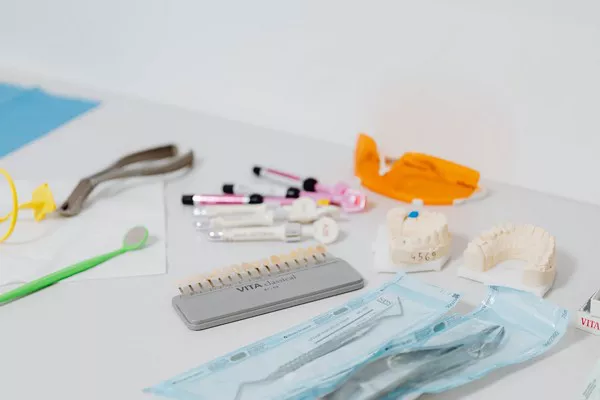Maintaining optimal oral hygiene is crucial for overall health, and when it comes to addressing gum disease, a dental deep cleaning, also known as scaling and root planing, may be necessary. In this article, we’ll explore the definition of dental deep cleaning, its purpose, the process involved, who needs it, benefits, risks, aftercare, and prevention strategies.
Definition of Dental Deep Cleaning
A dental deep cleaning, or scaling and root planing, is a non-surgical periodontal therapy that involves removing plaque and tartar buildup from below the gum line. This procedure aims to eliminate bacteria, toxins, and calculus deposits that contribute to gum disease and promote the restoration of healthy gum tissue.
Purpose of the Procedure
The primary purpose of a dental deep cleaning is to treat gum disease and prevent its progression. By thoroughly cleaning the teeth above and below the gumline, scaling and root planing remove bacteria and calculus deposits, reducing inflammation and promoting the healing of gum tissue. This helps prevent further damage to the gums and underlying bone and can ultimately save teeth from being lost to periodontal disease.
The Process
Dental deep cleaning typically involves two main steps:
Scaling: The dental hygienist or dentist uses specialized instruments to remove plaque and tartar buildup from the tooth surfaces, including the area below the gumline. This process helps eliminate bacteria and toxins that contribute to gum inflammation and disease.
Root Planing: After scaling, the root surfaces of the teeth are smoothed or planed to remove any rough areas or irregularities. This promotes the reattachment of the gums to the teeth and helps prevent bacteria from re-establishing themselves along the root surfaces.
See Also: Why Are My Canine Teeth Yellow
Who Needs It
Dental deep cleaning is typically recommended for individuals with signs of gum disease, such as:
- Deep gum pockets (measured during a periodontal examination)
- Bleeding gums
- Persistent bad breath
- Loose or shifting teeth
- Gum recession or tooth sensitivity
These symptoms may indicate the presence of periodontitis, a more advanced form of gum disease that requires prompt treatment to prevent further damage to the gums and supporting structures of the teeth.
Benefits
The benefits of dental deep cleaning include:
- Stopping the progression of gum disease
- Reducing gum inflammation and bleeding
- Promoting the reattachment of gum tissue to the teeth
- Preventing tooth loss and the need for more invasive treatments such as gum surgery
By addressing the underlying cause of gum disease and promoting healthy gum tissue, dental deep cleaning can help restore oral health and preserve the integrity of the smile.
Risks and Disadvantages
While dental deep cleaning is generally safe and effective, there are some potential risks and disadvantages to consider:
- Slight discomfort or pain during and after the procedure
- Increased tooth sensitivity, particularly to hot or cold temperatures
- Temporary gum recession or swelling
In rare cases, the risk of nerve damage or tooth mobility
It’s essential to discuss any concerns or potential risks with your dentist or dental hygienist before undergoing deep cleaning.
Aftercare
After a dental deep cleaning, patients may experience some sensitivity or discomfort, particularly around the gumline. This can usually be managed with over-the-counter pain relievers and a soft diet for a few days. It’s also essential to follow any specific instructions provided by your dentist for post-treatment care and maintenance.
Prevention
Preventing the need for future deep cleanings requires a proactive approach to oral hygiene:
- Schedule regular dental checkups and cleanings to monitor oral health and address any issues promptly.
- Practice proper brushing and flossing techniques to remove plaque and prevent tartar buildup.
- Maintain a healthy diet low in sugar and acidic foods, which can contribute to gum disease and tooth decay.
By prioritizing preventive care and adopting good oral hygiene habits, you can reduce the risk of gum disease and the need for more invasive treatments like dental deep cleaning.
Conclusion
Dental deep cleaning is a vital procedure for treating gum disease and preserving oral health. By understanding its purpose, process, benefits, risks, aftercare, and prevention strategies, individuals can take proactive steps to maintain healthy gums and a beautiful smile for years to come.
You Might Be Interested In































